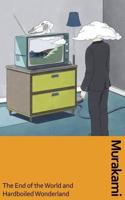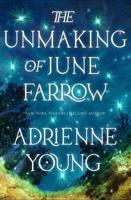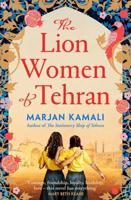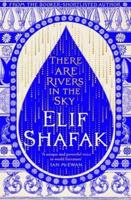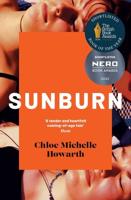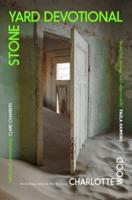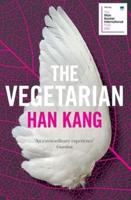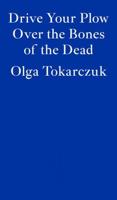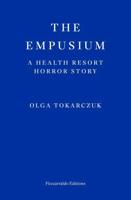Publisher's Synopsis
This volume contains a collection of essays written by G. K. Chesterton. These essays were originally published in the 'Daily News', and cover a range of topics ranging from Gargoyles to strolls around Marble Arch. The essays contained herein include: The Surrender of a Cockney, The Nightmare, The Telegraph Poles, A Drama of Dolls, The Men and His Newspaper, The Appetite of Earth, Simmons and the Social Tie, Cheese, The Red Town, The Furrows, and many more. Gilbert Keith Chesterton (1874 - 1936) was an English writer, poet, philosopher, dramatist, journalist, theologian, and biographer. Many vintage texts such as this are increasingly scarce and expensive, and it is with this in mind that we are republishing this book now, in an affordable, high-quality, modern edition. It comes complete with a specially commissioned biography of the author."Gilbert Keith Chesterton, KC*SG (29 May 1874 - 14 June 1936), was an English writer, philosopher, lay theologian, and literary and art critic. He has been referred to as the "prince of paradox". Time magazine has observed of his writing style: "Whenever possible Chesterton made his points with popular sayings, proverbs, allegories-first carefully turning them inside out."Chesterton created the fictional priest-detective Father Brown, and wrote on apologetics. Even some of those who disagree with him have recognised the wide appeal of such works as Orthodoxy and The Everlasting Man. Chesterton routinely referred to himself as an "orthodox" Christian, and came to identify this position more and more with Catholicism, eventually converting to Catholicism from High Church Anglicanism. George Bernard Shaw, his "friendly enemy", said of him, "He was a man of colossal genius." Biographers have identified him as a successor to such Victorian authors as Matthew Arnold, Thomas Carlyle, Cardinal John Henry Newman, and John Ruskin.Early lifeChesterton was born in Campden Hill in Kensington, London, the son of Marie Louise, née Grosjean, and Edward Chesterton.He was baptised at the age of one month into the Church of England, though his family themselves were irregularly practising Unitarians.According to his autobiography, as a young man he became fascinated with the occult and, along with his brother Cecil, experimented with Ouija boards.Chesterton was educated at St Paul's School, then attended the Slade School of Art to become an illustrator. The Slade is a department of University College London, where Chesterton also took classes in literature, but did not complete a degree in either subject.

